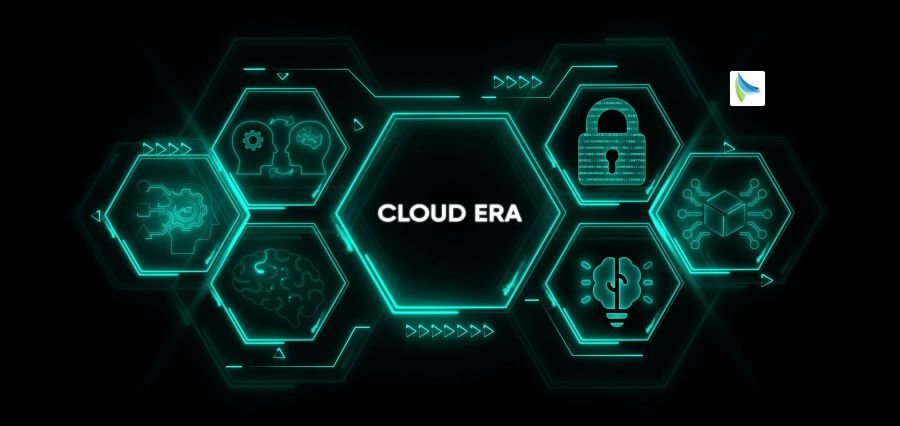In an international age where technological innovation is developing at a speed never before seen, the old leadership styles are rapidly losing place to newer, more adaptable, responsive, and visionary styles. At the pinnacle of the top competencies needed that are undergoing change in this new world is Dynamic Leadership—a style that speaks to responsiveness, inclusiveness, and innovation amidst the digital age.
Understanding Dynamic Leadership
Dynamic Leadership is a nimble and responsive style of leadership that adjusts in real time as a result of continuous feedback, data-driven decisions, and a feeling of teamwork. Contrasting with hard, top-down structures of old, dynamic leaders are characterized by their ability to lead through uncertainty, respond to change, and motivate cross-functional teams through complex digital transformations.
This form of leadership is not industry specific. Across technology start-ups and multinational corporations, across healthcare and education, the ability to lead in fluid terms has become the defining feature of successful organizations in the Digital Age.
The Digital Age: A Catalyst for Change
The era of digitization, dominated by technologies such as artificial intelligence, cloud computing, data analysis, and remote team collaboration tools, has transformed the very nature of work. They demand not only technical abilities but also emotional maturity, foresight, and cultural flexibility—essence of Dynamic Leadership.
Historically, leadership involved hierarchical control and long-term planning. Nowadays, however, decisions need to be made in real-time, on the basis of fluctuating data and fluctuating market trends. Leaders need to be adaptable, constantly adapting strategy mid-course to take advantage of new opportunities or react to unforeseen risks. Dynamic leaders succeed in this environment because they are comfortable with uncertainty and able to make rapid but rational decisions.
Key Qualities of Dynamic Leaders
A few essential qualities distinguish Dynamic Leadership in the online environment:
Adaptability: Online leaders must be capable of changing their strategies quickly in response to new intelligence, technologies, or market needs.
Vision Orientation: Agility is essential in the short term, but dynamic leaders also possess a well-defined vision for the longer term that drives their decisions and inspires their staff.
Collaborative Intelligence: No dynamic leader does anything by themselves today in the networked world. Dynamic leadership emphasizes collaboration across functions, geographies, and disciplines.
Tech Savviness: Not necessarily programming experts, but dynamic leaders understand digital tools well and new technology that can spark innovation and productivity.
Empowerment and Inclusion: Empowering teams, diverse perspectives, and a psychological safety and experimental culture are cultivated by dynamic leaders.
Challenges in Practicing Dynamic Leadership
Despite its advantages, Dynamic Leadership is not without its challenges. Hierarchically embedded firms may resist cultural change to accommodate its implementation. Even executives may struggle to shed control-oriented philosophies for trust-oriented ones.
Also, in our modern interconnected world, information overload can paralyze decision-making. Dynamic leaders must be able to cut through the noise and pinpoint those insights most pertinent, so decisions are on time and data-driven, but not reactive or short-term.
Another difficulty arises in finding a balance between dynamism and stability. Being dynamic does not mean being impulsive. Leaders must ensure that rapid changes in direction are strategic and congruent with other objectives. Maintaining this tightrope balance requires intelligence, but equally as much effective communication and emotional maturity.
Dynamic Leadership in Action
A number of examples in the world of business exhibit the power of Dynamic Leadership. The example of Satya Nadella’s Microsoft is one: “by developing a growth mindset culture, betting big on cloud, and enabling a culture of collaboration,” Nadella showed dynamic leadership at scale. Microsoft became a leader in technology again with his leadership.
Similarly, when the pandemic of COVID-19 emerged, companies like Shopify and Zoom illustrated how transformative leadership could steer during complete disruption. These companies quickly reacted to spiraling demands and shifting working patterns, growing infrastructure and fine-tuning services with excellent resilience.
Startup communities and innovation centers also provide fertile ground for agile leadership. There, in this high-growth ecosystem, people who can accelerate rapidly, are able to fuel creativity, and can learn through failures are irreplaceable.
Creating a Culture of Dynamic Leadership
For organizations that want to develop Dynamic Leadership, the process starts in the mind. Leadership development initiatives need to prioritize flexibility, digital fluency, and diversity-inclusive practices. Feedback loops, mentorship, and live learning platforms need to be integrated into the fabric of the organization.
No less critical is eliminating structural obstacles. Flatter structures, decentralized decisions, and unobstructed channels of communication provide the environment where dynamic leadership can flourish.
Technology also has its turn. Collaboration software, openness, and performance monitoring software can enable leaders and teams to respond dynamically without sacrificing accountability.
Conclusion: The Future Is Dynamic
As we continue forward, Dynamic Leadership will continue to be the solution to individuals, teams, and organizations succeeding in the age of the digital revolution. In an era where the world is marked by continuous disruption, the ability to lead with agility, clarity, and compassion is needed now more than ever.
This is not merely a case of adjusting to change—it’s about designing change. Effective leaders are not just responders; they are architects of change, taking challenges and transforming vision into reality.
In essence, Dynamic Leadership is not an ephemeral occurrence but a natural transformation of leadership knowledge and application. They will not just cope but lead the way to the next wave of innovation and development.
Read Also : Indigenous Wisdom as Inspiration for the Future of Environmental Stewardship














